What is a manga and why is it unique?
Of all the unique art forms Japan has offered to world popular culture, perhaps the most immediately recognizable art form is manga, and its "motion picture" counterpart, animation.
Show key points
- Manga refers to Japanese comic books and graphic novels that are typically printed in black and white and read from right to left, distinguishing them from their Western counterparts.
- Rooted in traditional Japanese art forms like imaki and ukiyo-e, manga evolved significantly after World War II, heavily influenced by American comics and artists such as Osamu Tezuka.
- The artistic style of manga often features exaggerated expressions, oversized eyes, and symbolic visual cues like speed lines to heighten emotional and physical action.
- ADVERTISEMENT
- As an integral part of Japanese culture, manga influences everything from sports and education to politics and daily life, affecting both young and older generations.
- Various manga genres target specific age and gender groups, such as shonen for boys, shojo for girls, seinen for adult men, and josei for adult women.
- Globally, manga gained popularity through anime adaptations and international distribution companies, creating a widespread and dedicated fan base.
- Storytelling in manga is highly visual, relying on layout, background art, and character design to convey complex emotions and narratives effectively.
Characters like Astro Boy, Speed Racer, and Sailor Moon are as ubiquitous as Mickey Mouse, adorning backpacks, toys, and lunch boxes around the world.
It's great that manga is so popular in Japan and even in the outside world, let's learn more about this charming and cheerful art.
1. What is manga?

Manga is a general term used for a large group of novels and comic books originating in Japan. The word "manga" refers to all kinds of cartoons, comics, and animations in Japan, and among speakers of other languages, the word "manga" carries the strictest meaning of "Japanese comics", in parallel with the use of "anime" inside and outside Japan.
Recommend
Japanese manga is different from American or Western comic books that are printed in full color, always in black and white. Also, Western cultures are usually read from left to right, while Japanese manga are read from right to left.
Since the fifties, manga has become an increasingly major part of Japanese popular culture, and has also gained a large number of readers around the world. Beginning in late 2010, the manga began to dramatically surpass sales of American comics.
2. History of manga

The manga can have its roots in twelfth-century Japanese staircase paintings ("imaki"), which tell stories in a sequential right-to-left painting, and eighteenth-century "ukiyo-e" wood prints, which were mass-produced for the public and combined illustration and text for a kinetic effect.
The book "Shiji no Yukikai (The Four Seasons)" published in 1798 was the first to use the term manga, and by the late nineteenth century, there were many comic magazines in circulation.
The main turning point came with the occupation of Japan by the U.S. military beginning in 1945, giving rise to American comics and animations. These influences were absorbed and adapted to these influences by the younger generation of postwar Japan, among them Osamu Tezuka, now known as the "godfather" of manga, who first introduced his character "Astro Boy (Space Child)" in 1951.
Often compared to Walt Disney, Tezuka helped the industry in Japan take its current form through his prolific productions and stylistic innovations that quickly became standardized, such as wide-eyed characters and cinematic visual techniques, and directly adapted Disney's animated films Bambi (1951) and Pinocchio (1952) into manga form.
3. The cultural place of manga in Japanese society.
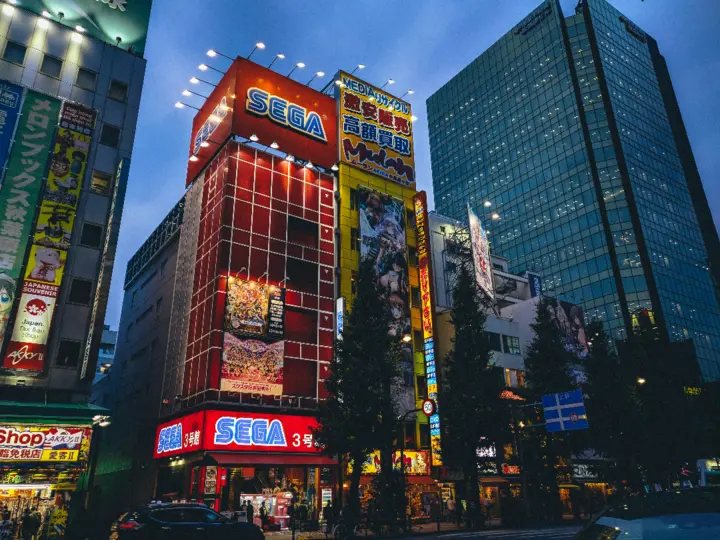
The manga series covers a great variety of creative, funny, philosophical, inspirational and artistic material, and with its many themes, it affects sports, schools, homes, offices and even parliament.
Manga is a very powerful tool that influences young and old, and serves as an important tool for cultural entertainment, depicting many forms of emotions, vices and virtues.
One of the most prominent examples of this is the manga "Captain Tsubasa", created by Yuichi Takahashi in 1981. This series, which focuses on the journey of a young soccer player named Tsubasa Ozura, has been credited with helping to spread football in Japan and inspiring many young players.
Famous players such as Hidetoshi Nakata and Keisuke Honda have cited "Captain Tsubasa" as their inspiration to practice the sport.
4. Black and white
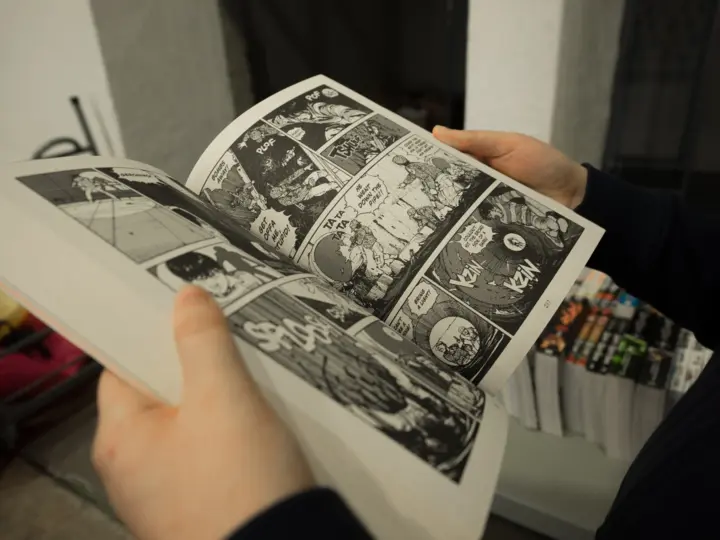
One of the most frequently mentioned characteristics of the Japanese manga is that its drawings are only in black and white.
One of the advantages of black and white manga is that it kept printing and production costs low. As a result, most people tend to think that Japanese manga is generally black and white.
5. Unique artistic styles of manga
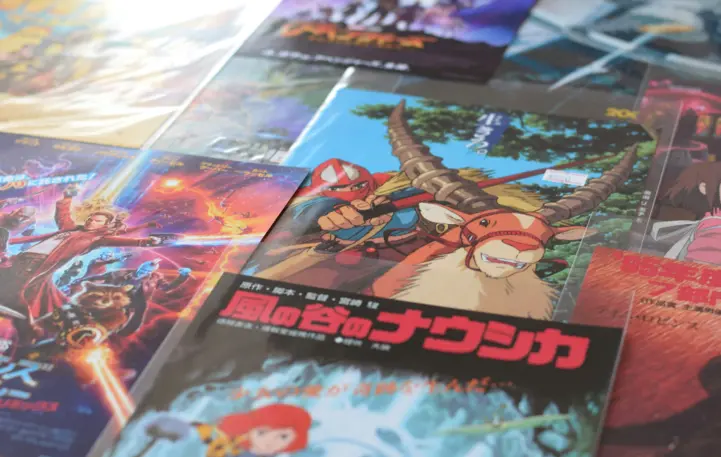
It is sometimes said that Japanese manga doesn't care much about realism.
Based on an anatomical analysis, the abnormally large size of the manga characters' eyes will certainly take up most of the space normally occupied by the brain.
This unrealistic approach is also related to the diversity of avatars, which are similarly seen as a feature of Japanese manga. Many manga symbols and onomatopoeia are frequently used, including speed lines and focused lines, neither of which can be seen in the real world.
6. Storytelling techniques
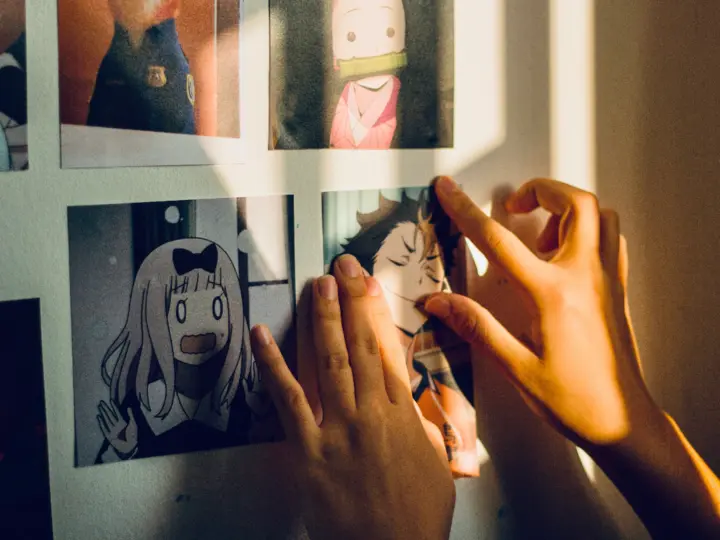
The characters that appear in the Japanese manga are overly emotional, or at least it seems that way to people who are not familiar with the Japanese manga.
Let's think about it, the characters in the manga you read seem to scream more than you really need. At the same time, very simple actions are sometimes surrounded by focused lines to emphasize movements.
When creating a manga story, it is important to keep in mind that telling manga stories is visual, and you need to pay close attention to the painting layout, background details and character design.
7. Manga for different people
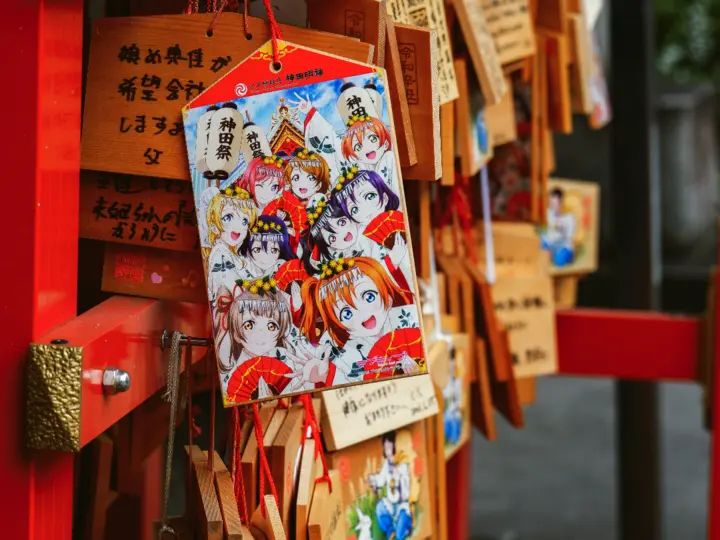
Most manga works are first published in sequential form in journals Intologia (anthology and anthology) aimed at specific population groups.
Kodomomuke refers to manga for young children, but as they get older, the audience is divided, with shonen targeting boys under the age of 15 and shojo targeting their female counterparts.
In the older group, "seinen" is aimed at adult male readers while "josei" is for adult women.
Each of these categories contains a wide range of stories and genres, ranging from action adventures to romance, mystery and comedy.
8. Global Manga Fan Base
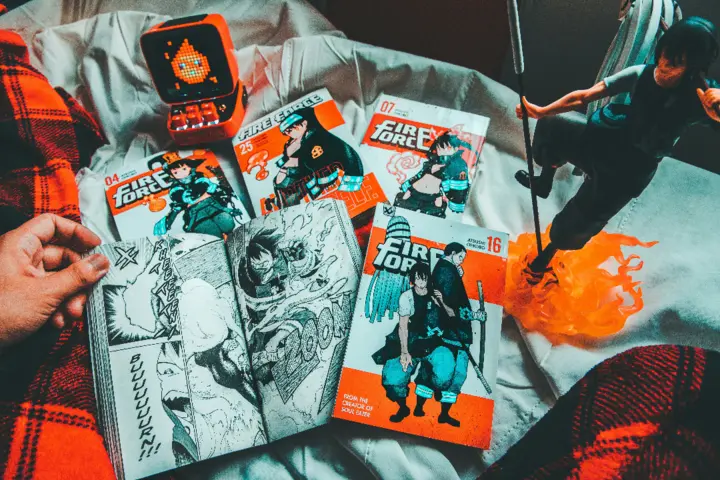
The manga's global fan base has expanded since the nineties, and it was often introduced first through imported animated versions subtitled from beloved series such as Dragon Ball Z, Death Note, Sailor Moon and, of course, Pokemon.
Original animated feature films such as Studio Ghibli films paved the way for great popularity, and new companies such as Tokyo Pop (founded in 1997) and CrunchyRoll (2006) emerged to translate and distribute works for non-Japanese audiences.
Today, the international spread of aspects of manga culture such as games, video games, costume plays (in which actors wear special costumes) and their echoes across art, music, and costume shows that manga may be just beginning its way.








